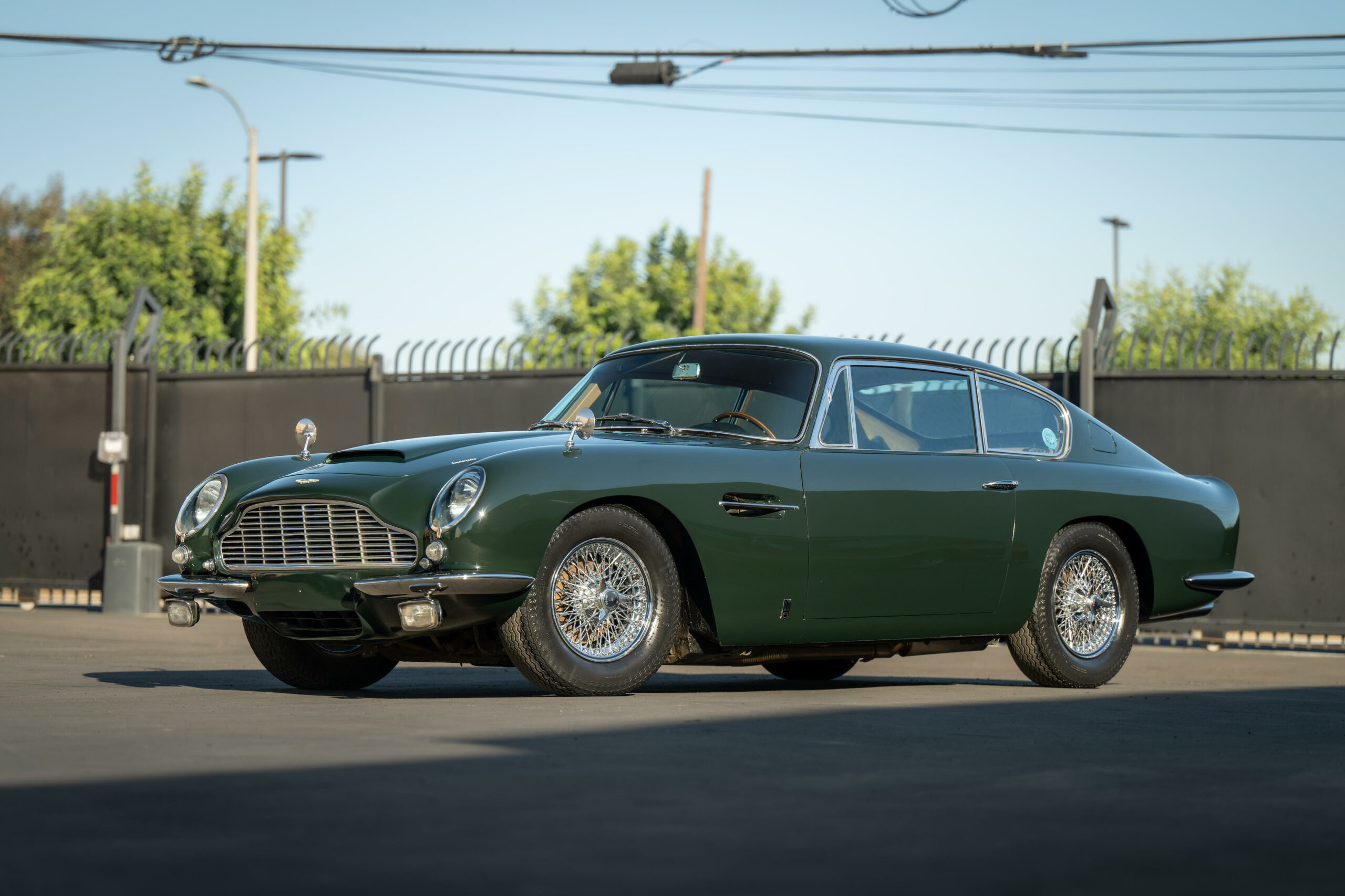Nothing found!
It looks like nothing was found here. Maybe try a search?
Categories
- 1910s
- 1920s
- 1930s
- 1940s
- 1950s
- 1960s
- 1970s
- 1980s
- 1990s
- 2000s
- AMC
- Aston Martin
- Autobianchi
- Bentley
- BMW
- Bristol
- Buick
- Cadillac
- Chevy
- Chrysler
- Citroen
- Classic Cars
- Classic Hot Rods
- Classic Muscle Cars
- Classic Sports Cars
- Cunningham
- Davis
- Duesenberg
- Edsel
- Facel Vega
- Ferrari
- Fiat
- Ford
- Ghia
- Hillman
- Hudson
- Jaguar
- Kaiser
- Lamborghini
- Luxury Car
- Maserati
- Mercedes-Benz
- Moretti
- Packard
- Panhard
- Plymouth
- Porsche
- Reliant
- Rolls-Royce
- Studebaker
- Toyota
- Uncategorized
- Vespa
- Volvo
- Wolseley
The history of Triumph is a British automotive tale that spans more than a century, marked by its legacy of producing motorcycles and later, sports cars. Founded in 1885 as the Triumph Cycle Company, Triumph initially focused on bicycle manufacturing before expanding into motorcycles and, eventually, automobiles.
Triumph’s early years were dedicated to crafting high-quality bicycles that gained popularity both in the UK and abroad. The company’s bicycles featured innovative designs and engineering, setting the stage for Triumph’s transition into the motorcycle market.
In 1902, Triumph produced its first motorcycle, equipped with a Belgian Minerva engine. This marked Triumph’s entry into the motorcycling world, and the brand quickly became known for its reliability and innovation.
During World War I, Triumph played a crucial role in producing motorcycles for the military, further solidifying its reputation for durability and ruggedness. After the war, Triumph introduced new models, including the famous Triumph Model H, which became known as the “Trusty Triumph” due to its dependability.
In the 1930s, Triumph motorcycles gained a reputation for speed and performance, winning prestigious races such as the Isle of Man TT. The introduction of the Speed Twin in 1937 set a new standard for twin-cylinder motorcycles.
The post-World War II era saw Triumph expand its motorcycle lineup, with notable models like the Triumph Thunderbird and the Triumph Bonneville becoming iconic symbols of British motorcycling.
Triumph’s foray into the automobile market occurred in the 1920s when it produced the Triumph Super 7, a small and affordable car. However, it wasn’t until the 1950s that Triumph became a notable player in the sports car segment.
The Triumph TR series, starting with the Triumph TR2 in 1953, gained attention for their performance, style, and affordability. The TR series included classics like the TR3, TR4, and TR6, and these cars enjoyed popularity in the sports car market, particularly in the United States.
Triumph also introduced the Triumph Spitfire, a compact and stylish convertible sports car, in the 1960s, which became one of the brand’s most recognizable models.
In the late 1960s, financial difficulties led to the merger of Triumph with the British Leyland Motor Corporation, a move that ultimately marked the end of the Triumph brand as an independent entity.
Despite its challenges and transitions, Triumph’s legacy lives on, particularly in the world of motorcycles, where the Triumph name is associated with classic and modern models known for their performance, design, and engineering.
The Triumph logo, featuring a distinctive script and a winged emblem, reflects the brand’s heritage of craftsmanship and innovation, which continues to be celebrated by motorcycle and sports car enthusiasts around the world.




